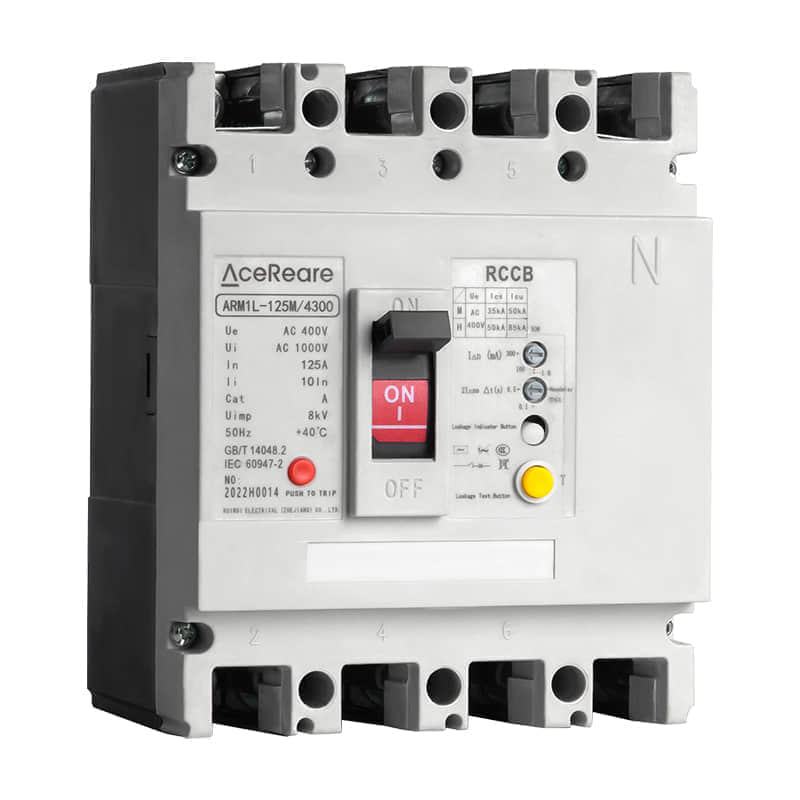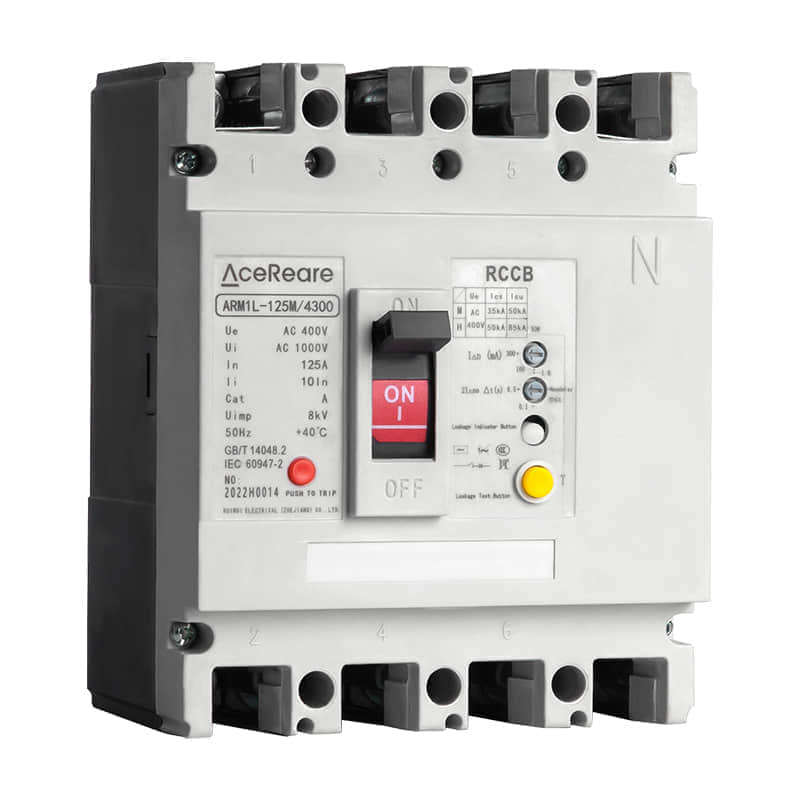Introduction

Residual Current Circuit Breakers (RCCBs) play a pivotal role in modern electrical systems by ensuring safety and protecting against electrical hazards. With advancements in technology and increased awareness about electrical safety, these devices have become indispensable components of electrical installations. In this article, we will delve into the significance of RCCBs, their operation, types, and benefits.

Ensuring Electrical Safety Electrical safety is a critical concern in both residential and industrial settings. RCCBs are designed to prevent electric shock and fires caused by ground faults or leakages in electrical circuits. Ground faults can occur when current flows from the live wire to the ground due to damaged insulation or faulty appliances. RCCBs swiftly detect even small differences between the currents in the live and neutral wires, tripping the circuit and disconnecting the power supply. This rapid response minimizes the risk of electrocution and fire, making RCCBs an essential safety feature.
How RCCBs Work
RCCBs operate based on the principle of Kirchhoff's current law, which states that the sum of currents entering a junction is equal to the sum of currents leaving it. The RCCB continuously monitors the current flowing through both the live and neutral wires. If there is any imbalance, indicating a leakage current, the RCCB trips the circuit within milliseconds. This rapid response time is crucial for preventing accidents.
Types of RCCBs
There are two main types of RCCBs: Type AC and Type A.
Type AC RCCBs: These are designed to detect and protect against sinusoidal AC fault currents. They are effective in most residential environments where the load consists of mainly resistive and inductive elements.
Type A RCCBs: These are more advanced and sensitive, capable of detecting both sinusoidal and pulsating DC fault currents. They are commonly used in places with sensitive electronic equipment, as well as environments where variable frequency drives and photovoltaic systems are present.
Benefits of RCCBs
Personal Safety: RCCBs are the first line of defense against electric shock. They quickly interrupt the circuit upon detecting a fault, preventing potentially fatal accidents.
Fire Prevention: By promptly disconnecting the power supply when a fault occurs, RCCBs significantly reduce the risk of electrical fires.
Reduced Downtime: In industrial settings, where downtime can be costly, RCCBs help prevent damage to equipment due to electrical faults.
Compliance with Regulations: Many electrical codes and regulations require the installation of RCCBs, ensuring that buildings meet safety standards.
Versatility: Different types of RCCBs are available to suit various environments, ensuring effective protection regardless of the application.
Conclusion
Residual Current Circuit Breakers (RCCBs) are indispensable components of modern electrical systems, offering reliable protection against electric shock and fires caused by ground faults. Their ability to detect and respond swiftly to leakage currents makes them a crucial safety feature in both residential and industrial installations. As technology continues to advance, RCCBs will likely evolve further, enhancing electrical safety and contributing to the overall well-being of society.




